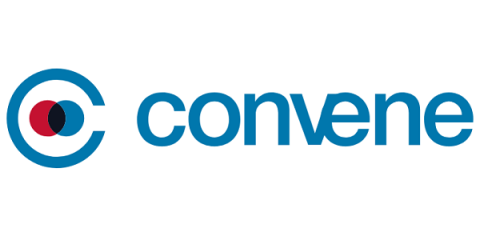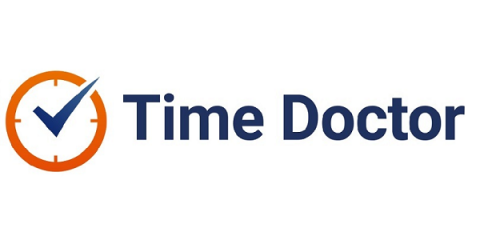Interactive workshop activities for virtual collaboration
You know that engagement is the secret sauce for any virtual meeting or workshop. But, it’s tough to get people to stay focused—let alone actively participate. A recent survey found that more than half of workers admit they do other things (like check email or peruse social media) during online meetings. This is where workshop activities come in handy.











